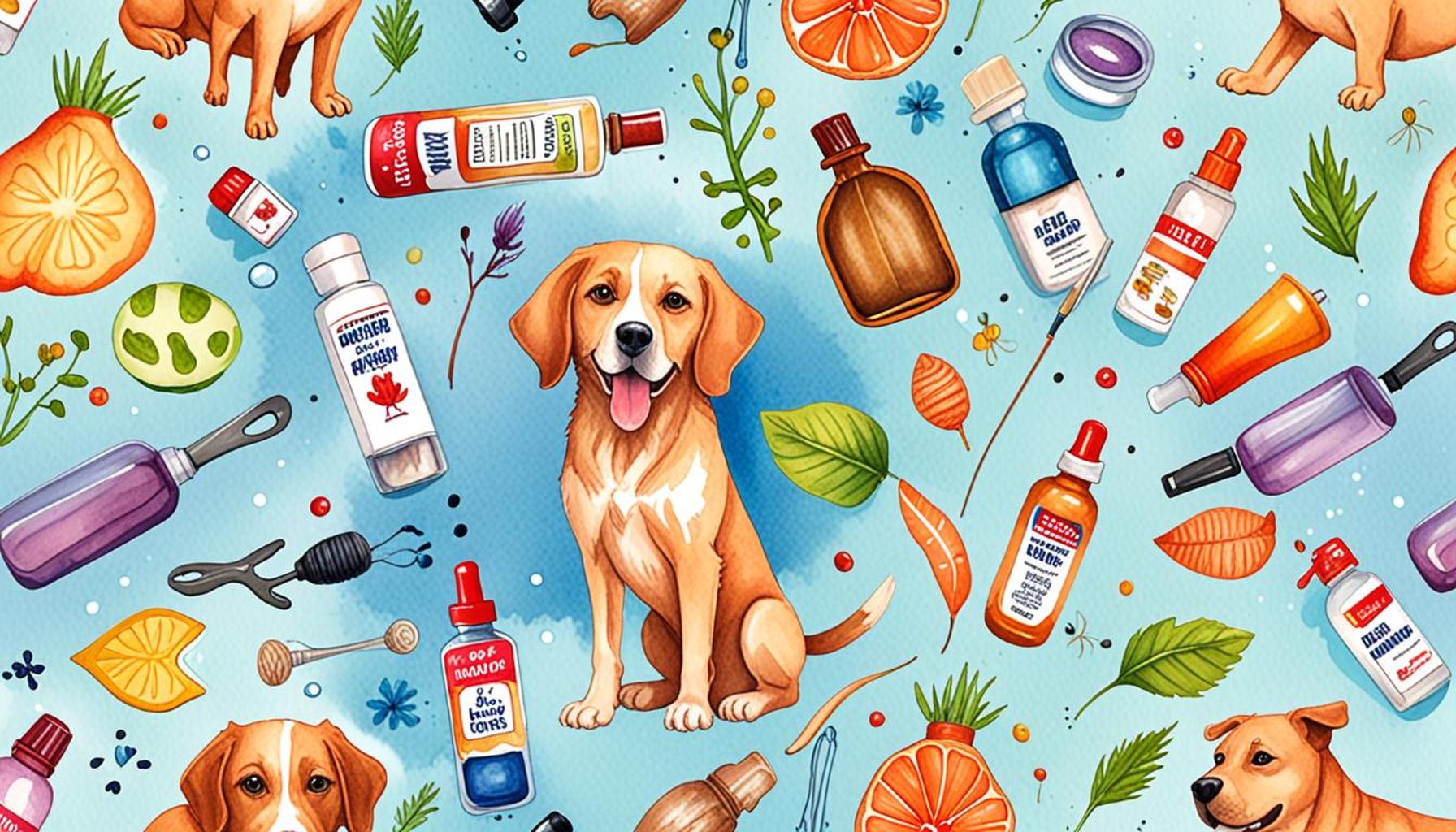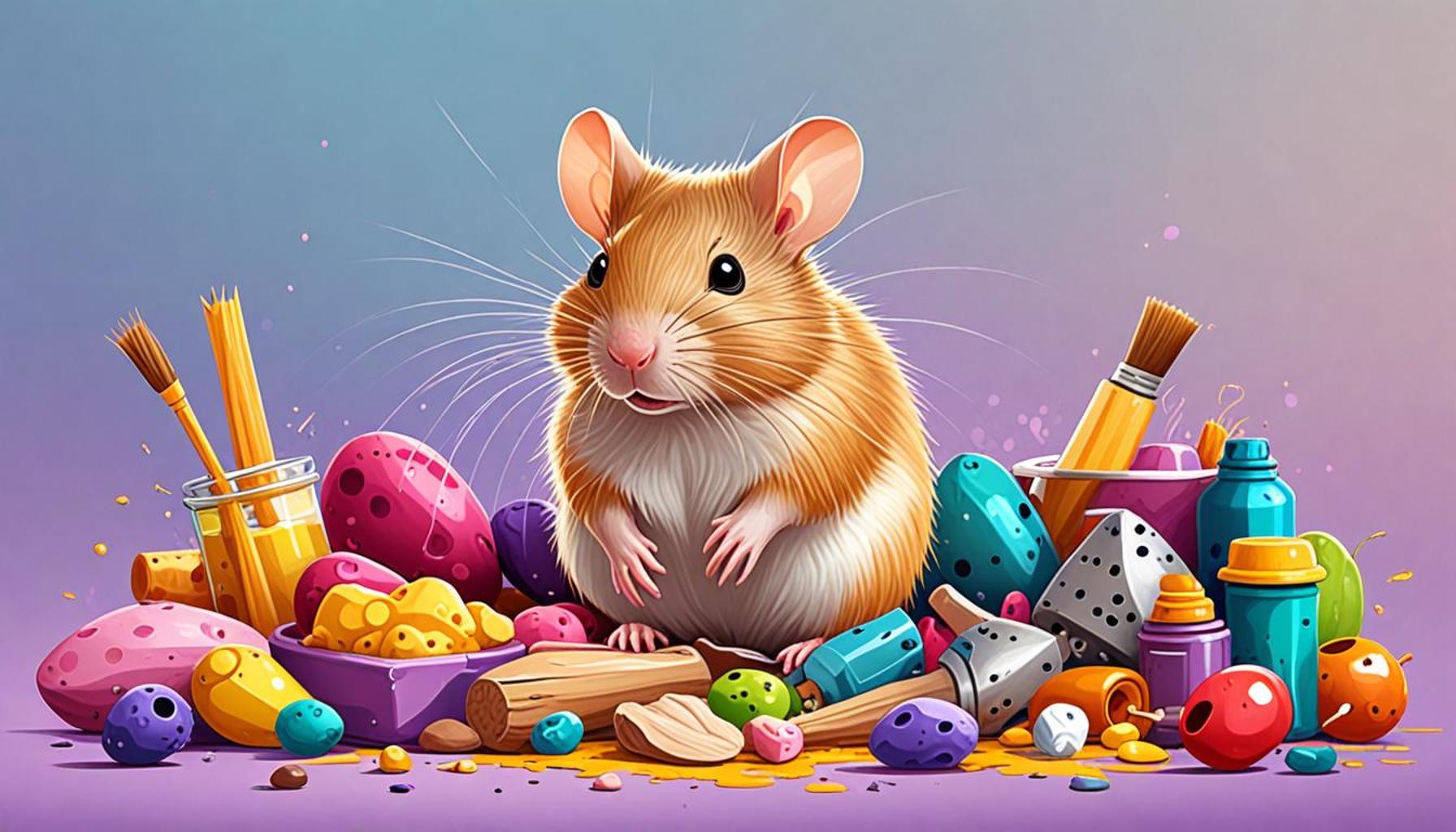How to Prevent and Treat Obesity in Pets

Understanding Obesity in Pets
Obesity in pets is a growing concern across the United States. Recent studies indicate that more than 50% of cats and over 60% of dogs in the country are classified as overweight or obese. This alarming trend poses significant health risks and highlights the urgent need for pet owners to take action. Not only does excess weight affect a pet’s quality of life, but it can also lead to chronic health conditions that are often preventable.
Why is Pet Obesity a Concern?
Just like in humans, obesity in pets can lead to a myriad of health issues, including:
- Diabetes: Obesity is a key risk factor for diabetes mellitus in pets, leading to increased insulin resistance.
- Heart disease: Extra weight places additional strain on a pet’s heart, which can lead to heart failure over time.
- Joint problems: Excess weight can exacerbate arthritis and hip dysplasia in dogs and cats, resulting in pain and decreased mobility.
- Reduced lifespan: Studies have shown that overweight pets often have a shorter lifespan than their peers at a healthy weight.
Recognizing these potential threats is essential for fostering a long, happy life for your furry companions. The urgency to tackle pet obesity cannot be overstated—as pet owners, taking a proactive stance can help in curtailing these escalating health issues.
Essential Steps to Prevention and Treatment
To tackle this issue effectively, consider these strategies:
- Regular vet check-ups: Frequent veterinary visits can help monitor your pet’s weight and overall health status. Your veterinarian can provide tailored guidance on proper weight management, including recommended diet plans and exercise routines.
- Balanced diet: Choosing high-quality pet food made from wholesome ingredients is paramount. Look for options that are tailored to your pet’s specific life stage, and practice portion control to avoid overfeeding. Many commercial pet foods now offer specific formulas aimed at weight management.
- Daily exercise: Engage in fun activities that keep your pet active and stimulated. This could include daily walks for dogs or interactive playtime for cats. Aim for at least 30 minutes of activity each day, and consider incorporating games that entice movement, such as fetch or agility training.
In addition to these strategies, pet owners can explore various resources available, such as community pet wellness programs or weight loss clinics designed specifically for pets. In the following sections, we will dive deeper into each strategy, providing practical tips and resources that empower pet owners to take charge of their furry friends’ health. With the right approach, we can turn the tide on pet obesity and promote longer, healthier lives for our loyal companions.

DISCOVER MORE: Click here to learn about the best food for your pet
Proactive Weight Management: The First Steps
In the battle against obesity in pets, being proactive is essential. As responsible pet owners, there are several actionable steps one can take to ensure that furry companions maintain a healthy weight throughout their lives. By integrating a combination of veterinary advice, nutritional awareness, and consistent activity into a pet’s daily routine, you can set a foundation for better health.
Regular Veterinary Check-ups: Your First Line of Defense
Frequent veterinary visits are crucial in the fight against pet obesity. These check-ups can offer insights that help monitor your pet’s weight effectively. During these visits, veterinarians can conduct thorough assessments, providing pet owners with tailored guidance on weight management. This may involve creating a customized diet plan, adjusting feeding schedules, and developing an exercise routine that suits your pet’s breed, age, and health status.
Moreover, veterinarians can identify underlying health issues that may contribute to weight gain, such as hormonal imbalances or metabolic disorders. By addressing these issues early on, you can enhance your pet’s overall quality of life.
Nutritional Awareness: Crafting the Perfect Diet
Choosing the right diet for your pet can make a world of difference. Look for high-quality pet food formulated specifically for your pet’s life stage—puppy, adult, or senior—which takes into account their unique nutritional needs. When shopping for pet food, keep an eye out for labels that mention protein sources and whole ingredients, as these can promote healthy muscle mass and metabolism.
Additionally, practicing portion control is essential in preventing overfeeding—a common issue particularly in multi-pet households. Measuring out food based on the guidelines provided on the packaging can deter unintended excess. You might also consider consulting your veterinarian about specific feeding recommendations based on your pet’s weight loss goals.
Encouraging Daily Exercise: A Vital Component
Physical activity plays a pivotal role in managing a pet’s weight. Engaging your pet in daily exercise can help burn calories and keep them mentally stimulated. Aim for at least 30 minutes of physical activity each day. This could involve simple activities like:
- Walking: Taking daily strolls in the neighborhood—using a leash for dogs and harnesses for cats—can significantly help with weight loss.
- Playtime: Incorporating games like fetch, chase, or tug-of-war can keep your pet engaged while promoting movement.
- Interactive toys: Providing toys that require your pet to think and move, like puzzles or laser pointers, can enhance their physical activity without it feeling like exercise.
As you explore these key strategies, remember that consistent effort is not only crucial for preventing obesity but also for fostering a lasting bond with your pet. Understanding their specific needs and preferences can make the journey toward a healthier weight enjoyable and rewarding for both you and your furry friend.
| Category | Details |
|---|---|
| Nutrition Management | Choosing high-quality, nutrient-dense food helps maintain a healthy weight. |
| Regular Exercise | Daily walks and playtime reduce weight and improve overall pet health. |
| Weight Monitoring | Frequent weight checks can help identify weight gain before it becomes a serious issue. |
| Veterinary Support | Veterinarians offer tailored advice and treatment plans to tackle obesity effectively. |
Obesity in pets is a growing concern impacting their quality of life and longevity. By focusing on effective nutrition management and ensuring regular exercise, pet owners can significantly improve their pets’ health. It’s crucial to monitor weight closely and seek veterinary support for personalized guidance.The right balance of diet and activity not only prevents obesity but also enhances overall well-being, allowing pets to live longer, happier lives. Understanding the signs and adopting a proactive approach can lead to successful outcomes in the battle against pet obesity.
DISCOVER MORE: Click here to learn about the benefits of adopting pets
Engaging the Senses: A Holistic Approach to Weight Management
To effectively combat obesity in pets, a comprehensive strategy beyond just nutrition and exercise is critical. Pet owners can adopt a holistic approach that weaves in behavioral training, environmental adjustments, and even mental stimulation to create a well-rounded lifestyle that supports healthy weight management.
Behavioral Modifications: Addressing Overeating Habits
Understanding your pet’s eating behavior is key to addressing obesity. Many pets develop unhealthy eating patterns, such as eating out of boredom or anxiety. Implementing behavioral modifications can help curb these tendencies. For example, adopting a consistent schedule for feeding can instill a sense of routine, making mealtime a more controlled experience.
Additionally, when offering treats, consider the quality and quantity. Instead of handouts, use treats as a reward for good behavior or training, ensuring they are taken from the daily allowance of food. This not only helps limit excessive snacking but also reinforces positive habits.
Creating a Stimulating Environment: A Game-Changer
Your home environment plays a significant role in your pet’s activity levels. By creating an engaging space, you can encourage your pet to explore and move around more frequently. Here are some suggestions to transform your living space into a more interactive environment:
- Obstacle Courses: Set up simple obstacle courses using furniture or boxes to encourage exploration and movement.
- Vertical Spaces: For cats especially, utilizing shelves or cat trees can encourage climbing and jumping, providing great physical exercise.
- Hide and Seek: Hide your pet’s toys or treats around the house to stimulate their natural instincts and promote physical activity as they search.
Mental Stimulation: Keeping Pets Sharp and Active
Just as important as physical exercise, mental stimulation is essential in battling pet obesity. Engaging your pet’s mind can keep them occupied and reduce boredom, which often leads to unhealthy eating habits. Consider the following strategies:
- Interactive Toys: Invest in toys that challenge your pet, requiring them to solve puzzles to access treats.
- Training Programs: Invest time in training sessions that challenge your pet to learn new commands or tricks, helping to maintain their mental agility while promoting activity.
- Enrichment Activities: Rotate toys and introduce new activities regularly to keep your pet engaged and excited.
Combining these mindful approaches with a solid foundation of nutrition and exercise can prevent and treat obesity in pets effectively. Adopting this multifaceted plan not only aligns with your pet’s physical health goals but also enhances their emotional well-being, fostering a happier, more balanced life.
In essence, by paying close attention to behavioral patterns, creating stimulating environments, and incorporating mental challenges, pet owners can significantly contribute to preventing obesity, keeping their furry friends fit both physically and mentally.
DIVE DEEPER: Click here to discover how pets can change your life
Conclusion: A Commitment to Healthier Pets
In an age where pet obesity has become a pressing concern, a proactive and multifaceted approach is crucial to ensure our furry companions lead healthier and happier lives. By emphasizing a balanced diet tailored to individual needs, coupled with regular and engaging physical activity, pet owners can significantly mitigate the risks associated with obesity. However, the journey does not stop at nutrition and exercise.
Behavioral modifications, environmental enhancements, and mental stimulation are essential components of an effective obesity prevention and treatment plan. Creating consistent feeding routines, offering high-quality treats, and implementing stimulating activities can transform not only a pet’s physical condition but also their overall quality of life. For instance, the introduction of obstacle courses and mentally challenging toys can spark curiosity and promote active lifestyles, furthering the journey toward optimal weight management.
Moreover, it is vital for pet owners to remain vigilant and adaptable, recognizing that every pet is unique in their needs. Regular veterinary check-ups and continuous education about pet health can empower owners to make informed decisions. By cultivating a nurturing environment that prioritizes both mental and physical well-being, we set the stage for our pets to thrive. As we embark on this journey together, let’s champion the cause of maintaining healthy weights for our beloved companions, ultimately fostering longer and more fulfilling lives.


